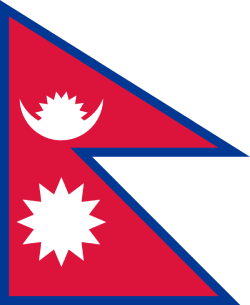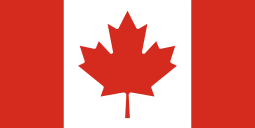Do Canadian educational institutions prefer one test over the other test?
In Canada, there isn’t a uniform bias or preference for one English language proficiency test (PTE, IELTS, or TOEFL) over the others across all institutions.
However, there may be individual preferences or trends within specific universities, colleges, and academic programs. And in such cases, the preference for a particular test can be influenced by various factors, including:
- Historical Adoption: Some institutions may have a longer history of accepting a specific test and have established processes and criteria based on that test.
- Regional Trends: Certain provinces or regions within Canada might have a stronger tradition of accepting one test over the others due to historical partnerships or agreements.
- Test Structure and Content: The structure and content of each test can influence preference. Some institutions might find the format of one test more aligned with their program requirements or evaluation methods.
- Global Recognition: The global recognition of a test can also play a role. Institutions might prefer a test that is widely recognized internationally to attract a diverse range of students.
- Test Availability: The availability of test centers for a specific test in certain regions of Canada could influence its preference.
- Communication Skills: Some programs, particularly those with a strong emphasis on communication skills, might lean towards tests that include face-to-face speaking components, such as IELTS.
- Institutional Partnerships: Collaborative agreements or partnerships between institutions and testing organizations can lead to preferences for specific tests.
- Admission Criteria: Different programs might have specific admission criteria that align better with the scoring system of one test over another.
- Research and Studies: Institutions might conduct research or studies to assess the validity and effectiveness of different tests for predicting academic success, which could impact their preferences.
It’s essential for prospective students to research the specific requirements of the institutions and programs they are interested in applying to.
While there may be preferences, institutions generally aim to provide opportunities for students from diverse backgrounds and therefore tend to accept a range of recognized English proficiency tests to accommodate various student profiles.
PTE vs. IELTS vs. TOEFL: Which One Should You Choose?
As you embark on your journey toward studying in Canada from Nepal, one of the most pivotal decisions you’ll make is selecting the right English proficiency test.
Among the contenders – PTE (Pearson Test of English), IELTS (International English Language Testing System), and TOEFL (Test of English as a Foreign Language) – each holds its own merits.
Let’s delve into the specifics of each test to aid you in making an informed choice.
PTE (Pearson Test of English)
Format and Sections
The PTE test, conducted in a computer-based format, offers a modern and efficient way to assess your English language skills. Comprising four main sections, the PTE test evaluates various dimensions of your proficiency:
- Listening: This section assesses your ability to comprehend spoken English, involving audio clips that range from lectures to everyday conversations.
- Reading: In this segment, your comprehension of written English is gauged through tasks that test your ability to extract information from texts.
- Writing: The writing component measures your skill in presenting coherent and well-structured written responses to given prompts.
- Speaking: The PTE test introduces an innovative feature in its Speaking section – a computerized booth interaction. This unique format requires you to respond to prompts by speaking into a microphone, simulating real-world communication scenarios.
 Scoring System
Scoring System
The PTE test utilizes a scoring range of 30 to 90, with each section contributing to your overall score. Your performance is assessed based on a set of clearly defined criteria, ensuring a standardized evaluation process.
Notably, PTE scores are reported promptly, usually within five business days, allowing you to receive your results swiftly.
By providing a comprehensive assessment of your English language skills through its computerized format and diverse sections, the PTE test offers an effective means of demonstrating your proficiency to Canadian institutions.
IELTS (International English Language Testing System)
Format and Sections
As you contemplate your path to studying in Canada from Nepal, another notable option is the International English Language Testing System, commonly known as IELTS.
What sets IELTS apart is its flexibility, offering test-takers the choice between two formats: paper-based and computer-based.
Paper-Based Format: If you’re more comfortable with a traditional approach, the paper-based format allows you to complete the Listening, Reading, and Writing sections using physical test materials.
Computer-Based Format: On the other hand, the computer-based format presents a modernized version of the test. With this option, you can take the Reading, Writing, and Listening sections on a computer, while the Speaking section remains a face-to-face interaction.
 IELTS Sections
IELTS Sections
In both formats, IELTS evaluates your English proficiency across four fundamental sections:
- Listening: This segment assesses your ability to understand spoken English, encompassing a range of auditory materials such as conversations, lectures, and discussions.
- Reading: The reading section evaluates your comprehension of written English, as you navigate through various texts and answer questions to demonstrate your understanding.
- Writing: In the writing component, you’ll be tasked with expressing your thoughts coherently through two writing tasks: a descriptive piece and an argumentative essay.
- Speaking: IELTS incorporates a distinctive face-to-face Speaking interview. This interview offers a personal interaction with an examiner, providing an opportunity to showcase your conversational skills and fluency in a real-time dialogue.
IELTS Scoring System
The IELTS scoring system operates on a scale of 0 to 9, with each section and the overall score awarded a “band.” These bands correspond to specific levels of language proficiency, ranging from “non-user” (band score 1) to “expert user” (band score 9).
Understanding the band system is essential to interpreting your IELTS scores:
- Band 1-3: Limited proficiency and frequent breakdowns in communication.
- Band 4-5: Basic competence, but struggles in understanding and expression.
- Band 6: Competent communication, with occasional inaccuracies.
- Band 7: Good command of the language, able to handle complex situations.
- Band 8: Very good user with only occasional inaccuracies.
- Band 9: Expert user, fully operational command of the language.
As you consider IELTS as an option, the flexibility of format and its comprehensive evaluation of language skills may align with your preferences and goals. In the subsequent section, we will explore the nuances of the TOEFL test, allowing you to make a well-informed choice among the three tests based on your individual strengths and aspirations.
TOEFL (Test of English as a Foreign Language)
As you navigate the exciting path to studying in Canada from Nepal, it’s crucial to consider all your options for English language proficiency assessment.
The Test of English as a Foreign Language (TOEFL) is another prominent choice that deserves your attention.
Format and Sections
The TOEFL test is exclusively administered in a computer-based format, offering a streamlined and technologically advanced way to measure your English language skills. Comprising four sections, the TOEFL test provides a comprehensive evaluation:
- Reading: This section challenges your ability to understand and analyze written English materials, including academic texts and passages.
- Listening: Through audio recordings of lectures, conversations, and discussions, the listening section gauges your comprehension of spoken English.
- Speaking: The speaking component assesses your ability to communicate effectively through tasks that involve expressing opinions and summarizing information.
- Writing: In the writing section, you’ll be tasked with crafting well-structured essays based on given prompts, showcasing your written communication skills.
 Scoring System
Scoring System
The TOEFL scoring system employs a range of 0 to 120, with each section contributing to your overall score. The individual section scores and the total score offer insights into your language proficiency.
The reading and listening sections are scored on a scale of 0 to 30 each, while the speaking and writing sections are scored on a scale of 0 to 30 and 0 to 30 respectively.
Your total TOEFL score is the sum of these four section scores, yielding a maximum score of 120.
By providing a comprehensive assessment of language skills through its exclusively computer-based format, the TOEFL test offers a reliable means of demonstrating your English language proficiency to Canadian institutions.
Choosing the Right Test: Consider Your Strengths and Goals
As you weigh the options of PTE, IELTS, and TOEFL, it’s important to consider your individual strengths, preferences, and the specific requirements of the institutions you’re applying to.
Each test comes with its own set of features and assessment methods, catering to different learning styles and communication preferences.
Pros and Cons of Each Test
As you stand at the crossroads of choosing the right English proficiency test for your journey to study in Canada from Nepal, it’s crucial to weigh the pros and cons of each option. Let’s delve into a comparative analysis of PTE, IELTS, and TOEFL, taking into account various factors that can influence your decision.
PTE Pros:
- Modern and Efficient Format: PTE’s computer-based format offers a contemporary and efficient testing experience, well-suited for tech-savvy individuals.
- Quick Results: With results usually available within five business days, PTE provides swift feedback, allowing you to plan your next steps promptly.
- Comprehensive Assessment: PTE evaluates all language skills, including speaking, through its unique computerized booth interaction.
- Flexible Scheduling: PTE test dates are often available throughout the year, providing flexibility in planning your test.
PTE Cons:
- Speaking Interaction: While the computerized booth interaction is innovative, some test-takers may find it different from traditional face-to-face speaking interviews.
IELTS Pros:
- Format Options: IELTS offers both paper-based and computer-based formats, accommodating test-takers’ preferences and comfort levels.
- Personalized Speaking Interview: IELTS’ face-to-face speaking interview allows for a personalized interaction, mimicking real-world conversations.
- Universally Recognized: Widely recognized by institutions globally, IELTS scores are accepted by a vast number of Canadian universities and colleges.
IELTS Cons:
- Test Frequency: Availability of test dates may vary based on location, potentially requiring more advanced planning.
- Results Time: While quick results are available for computer-based tests, paper-based test-takers may need to wait longer.
TOEFL Pros:
- Comprehensive Computer-Based Format: TOEFL’s computer-based format offers a comprehensive evaluation of all language skills through its four sections.
- Global Acceptance: TOEFL scores are recognized by numerous universities worldwide, including Canadian institutions.
- Academic Focus: The TOEFL test is designed to assess skills required for academic success, making it a suitable choice for prospective students.
TOEFL Cons:
- Exclusively Computer-Based: The computer-based format may not be suitable for those more comfortable with traditional paper-based tests.
- Limited Speaking Interaction: While TOEFL evaluates speaking skills, the interaction may not fully replicate face-to-face conversations.
Making the Right Choice
In your quest to study in Canada, the choice between PTE, IELTS, and TOEFL is a significant one. Consider your comfort with technology, your preference for speaking interaction, and the specific requirements of the institutions you plan to apply to.
Take into account your own strengths and learning style to make a decision that aligns with your aspirations and ensures your success in the pursuit of higher education.
With this understanding, you’re now ready to explore the specifics of PTE score requirements for Canadian universities and colleges, gaining deeper insights into the world of language proficiency assessments.
Here’s a table outlining the minimum English language proficiency score requirements for the top 10 Canadian universities and 10 Canadian colleges, including the PTE, IELTS, and TOEFL score requirements where applicable.
| Institution | Minimum PTE Score | Minimum IELTS Score | Minimum TOEFL Score |
Universities | |||
| University of Toronto | 65-86 | 6.5-7.5 | 90-100 |
| University of British Columbia | 60-70 | 6.0-7.0 | 90-100 |
| McGill University | 60-70 | 6.0-7.5 | 85-100 |
| University of Montreal | 50-60 | 6.0-6.5 | 86-89 |
| University of Alberta | 60-67 | 6.5-7.0 | 90-100 |
| McMaster University | 60-65 | 6.5-7.0 | 86-92 |
| University of Waterloo | 59-75 | 6.0-7.0 | 90-100 |
| University of Calgary | 53-63 | 6.0-7.0 | 86-100 |
| Western University | 58-63 | 6.0-6.5 | 86-89 |
| Queen’s University | 59-70 | 6.5-7.0 | 86-100 |
Colleges | |||
| Seneca College | 50-58 | 6.0-6.5 | 79-88 |
| Centennial College | 50-58 | 6.0-6.5 | 80-88 |
| Humber College | 50-58 | 6.0-6.5 | 78-88 |
| George Brown College | 50-58 | 6.0-6.5 | 80-88 |
| Conestoga College | 50-58 | 6.0-6.5 | 80-88 |
| Fanshawe College | 50-58 | 6.0-6.5 | 78-88 |
| Sheridan College | 50-58 | 6.0-6.5 | 80-88 |
| Algonquin College | 50-58 | 6.0-6.5 | 78-88 |
| Durham College | 50-58 | 6.0-6.5 | 78-88 |
| Mohawk College | 50-58 | 6.0-6.5 | 78-88 |
Disclaimer: Please note that this information is based on general trends, and specific requirements may vary over time and between programs within each institution.
As you journey through the intricacies of English language proficiency tests for your pursuit of higher education in Canada, it’s important to recognize that this article provides a foundation of knowledge, but it may not encompass the most up-to-date information.
The dynamic landscape of admissions and language requirements necessitates staying informed about the latest developments.
At this juncture, we strongly recommend consulting with Goreto Educational Consultancy the best consultancy in Nepal for Canada, your reliable partner in guiding students to academic success. Call us today.
Universities Of Toronto
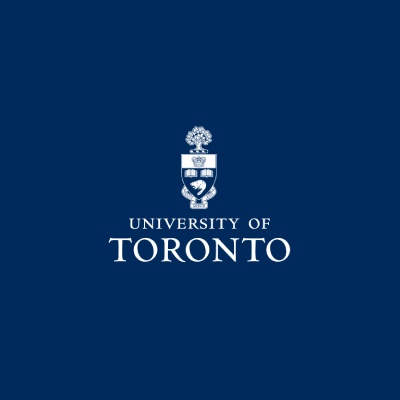
The University of Toronto is the highest-ranking university in Canada and the 25th highest-ranking university in the world. It is situated in the city of Toronto. It is a public university, and it was established in 1827 by the name of King’s college.
University Of British Columbia
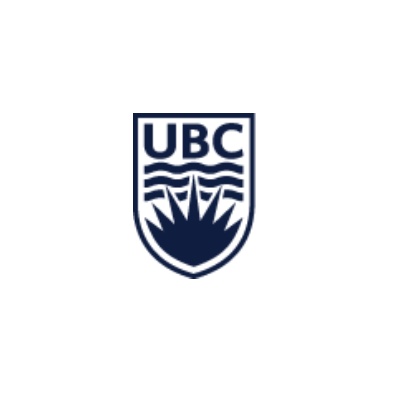
The University of British Columbia is the third highest-ranking university in Canada and the 45th highest-ranking university in the world. Its campuses are located in the cities of Vancouver and Kelowna. It was established in 1908, which makes it British Columbia’s oldest university.
McGill
University
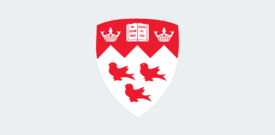
McGill University is the second-highest-ranking university in Canada and the 31st highest-ranking university in the world. It is a public university and it is situated in the city of Montreal. It was established in 1813, and it offers a wide range of courses to international students.
McMaster University
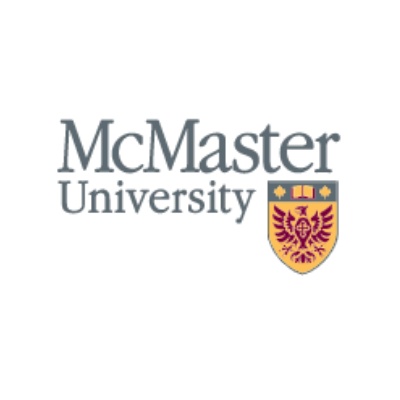
McMaster is the 6th highest-ranking university in Canada and 144th highest-ranking university in the world. It is a public university located in the city of Hamilton. Established in 1887, it offers courses in fields such as Business, Humanities, Health Science, Engineering, and so on.
University Of Alberta
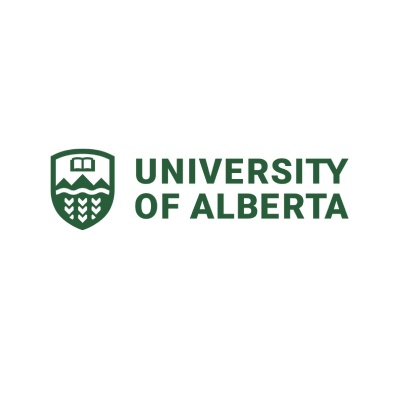
The University of Alberta is the 5th highest-ranking university of Canada and 119th highest-ranking university in the world. It is a public university that was established in 1908. Situated in the city of Edmonton, it offers more than 400 graduate and undergraduate programs.
University Of Montreal
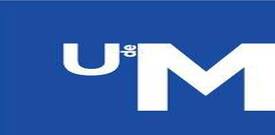
The University of Montreal is the 4th highest ranking in Canada and the 118th ranking university in the world. It is a public university situated in the city of Montreal. It was established in 1878, and at the moment it offers around 650 undergraduate and graduate programs.
University Of Calgary
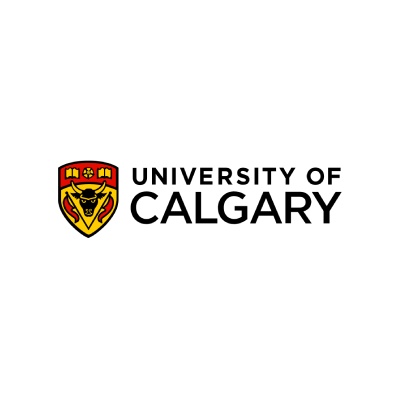
The University of Calgary is the 10th highest-ranking university in Canada and 247th highest-ranking university in the world. Situated in the city of Calgary, it was established in 1944. The university offers many programs across 14 faculties like medicine, arts, and so on.
Queen’s University
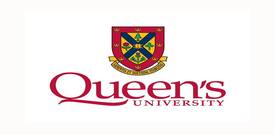
Queen’s University is the 9th highest-ranking university in Canada and 246th highest-ranking university in the world. Established in 1841, it is situated in the city of Kingston. The university offers various programs across 8 faculties to international students.
University of Waterloo
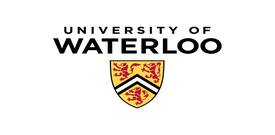
The University of Waterloo is the 7th highest-ranking university in the world and 166th highest-ranking university in the world. It is a public university situated in the city of Waterloo. Offering a wide range of programs, it was established in 1956.
Western University

Western University is the 8th highest university in Canada and the 203rd highest-ranking university in the world. It is situated in the city of London. It is a public university established in 1878. The university offers a wide range of programs, in collaboration with three other universities.




